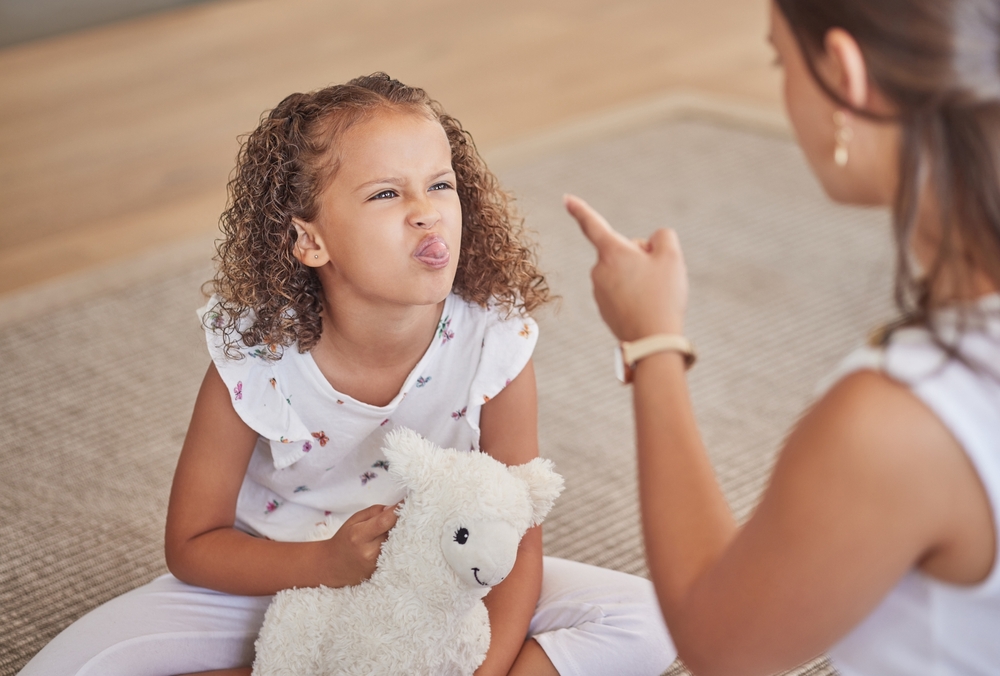Every parent eventually realizes that the playground isn’t just a place for kids to run, swing, and climb—it’s a social ecosystem full of expectations that nobody actually says out loud. These unspoken playground rules can lead to some of the most awkward, frustrating, or even tearful moments for parents and children alike. When you understand the hidden social codes of playtime, you can help your child navigate tricky situations, build friendships, and avoid unnecessary conflict.
1. Sharing Doesn’t Always Mean Right Now
One of the most misunderstood playground rules is that “sharing” must happen instantly. Parents often feel pressured to make their kids hand over a toy or take turns right away, but that can actually teach resentment instead of generosity. Kids, especially younger ones, need time to finish what they’re doing before giving it up. Teaching delayed sharing—where children take turns after they’re done—helps them learn patience and respect for others’ space. When parents understand this rule, playground drama drops dramatically.
2. The Slide Isn’t a One-Way Street for Everyone
Another playground rule that sparks conflict is when kids climb up the slide instead of sliding down. Some parents view this as unsafe or disrespectful, while others think it’s creative play. The truth lies somewhere in between. Climbing up the slide can be fine if no one else is waiting to go down, but problems arise when kids block the flow or ignore turn-taking. Setting clear expectations about slide use can prevent tears and keep everyone safe without spoiling fun.
3. “First Come, First Serve” Isn’t Always Fair
Many kids believe whoever arrives first gets to control the play equipment as long as they want. That playground rule can create tension quickly, especially with younger children who don’t understand fairness yet. It’s okay to remind your child that taking turns means everyone gets a chance. The best approach is teaching kids how to join a game or politely ask for a turn instead of waiting silently or forcing their way in. When fairness is modeled calmly, conflict rarely escalates.
4. Rough Play Isn’t Always Bullying
Parents often jump in when they see wrestling, chasing, or mock fighting, assuming someone is being picked on. But one of the trickiest playground rules is recognizing the difference between rough play and true aggression. Many kids, especially boys, express excitement through physical play, but it only works when both parties agree. The key is mutual consent—if one child says “stop,” the fun ends immediately. Teaching kids to recognize boundaries helps everyone enjoy active play without crossing lines.
5. Parents Should Step Back, Not Take Over
Some of the biggest playground conflicts don’t even start with the kids—they start with adults. Parents often struggle with the unspoken playground rule about when to intervene. Jumping in too quickly can embarrass children or rob them of chances to solve problems independently. On the other hand, waiting too long can allow real bullying or unsafe behavior. The best balance comes from quietly observing and stepping in only when a child truly needs help navigating or de-escalating a situation.
6. Not Every Child Wants to Play Together
It’s natural to encourage inclusion, but forcing kids to play together every time can backfire. One of the harder playground rules for parents to accept is that some children just need solo play to decompress. Forcing interaction can cause unnecessary tension or rejection, which hurts more than being left alone by choice. Instead, remind kids that it’s okay to play independently or move on to a different game if someone isn’t interested. This teaches emotional maturity and respect for boundaries.
7. Playground Toys Aren’t Always Community Property
Parents often assume all playground toys are fair game, but ownership still matters. When a child brings a favorite ball, shovel, or truck, that doesn’t mean everyone can grab it without asking. Teaching children to ask permission first reinforces respect and consent. If sharing does happen, setting time limits or offering alternatives keeps things fair. Clarifying this playground rule early helps reduce arguments and broken toys.
8. Big Kids Don’t Always Have to Include Little Ones
Mixed-age play can be fun but also stressful. Older kids sometimes want to climb higher, run faster, or play games that smaller children can’t safely join. One of the unwritten playground rules that causes conflict is when parents expect big kids to slow down for younger ones. That’s not always realistic—or fair. Teaching younger children that some spaces or games are for “bigger kids” helps everyone enjoy the playground without resentment or injury.
9. Every Playground Has Its Own Culture
Finally, one of the most overlooked playground rules is that every park has its own rhythm and unspoken culture. What’s normal at one playground—like chalk art on the sidewalk or water balloons—might be frowned upon somewhere else. Observing how local families interact before joining in can save your child from social friction. Once you understand the vibe, you can guide your child to join in smoothly, making playtime more enjoyable and inclusive for everyone.
Helping Kids—and Parents—Play Fair
When parents recognize and teach these playground rules, kids gain social awareness that extends far beyond the swings and slides. These lessons in fairness, respect, and empathy prepare them for the bigger playgrounds of life—classrooms, friendships, and future workplaces. Every parent wants their child to have fun, but the real win is helping them learn how to play well with others, even when the rules aren’t written anywhere.
What’s the most surprising unspoken playground rule you’ve witnessed as a parent? Share your story in the comments!
What to Read Next…
- Can a Neighbor Report You for Letting Your Kids Play in the Yard Alone?
- Beyond The Game: 9 Online Games Kids Are Playing That Expose Them To Predators
- Toxic Playtime: 10 Popular Kids’ Toys With Harmful Chemicals
- It’s Not Just Dirt: 5 Home Areas That Are Mold Hotspots Near Kids’ Play Area
- 5 Dangerous Games That Kids Are Playing When No Adults Are Around
Catherine is a tech-savvy writer who has focused on the personal finance space for more than eight years. She has a Bachelor’s in Information Technology and enjoys showcasing how tech can simplify everyday personal finance tasks like budgeting, spending tracking, and planning for the future. Additionally, she’s explored the ins and outs of the world of side hustles and loves to share what she’s learned along the way. When she’s not working, you can find her relaxing at home in the Pacific Northwest with her two cats or enjoying a cup of coffee at her neighborhood cafe.










